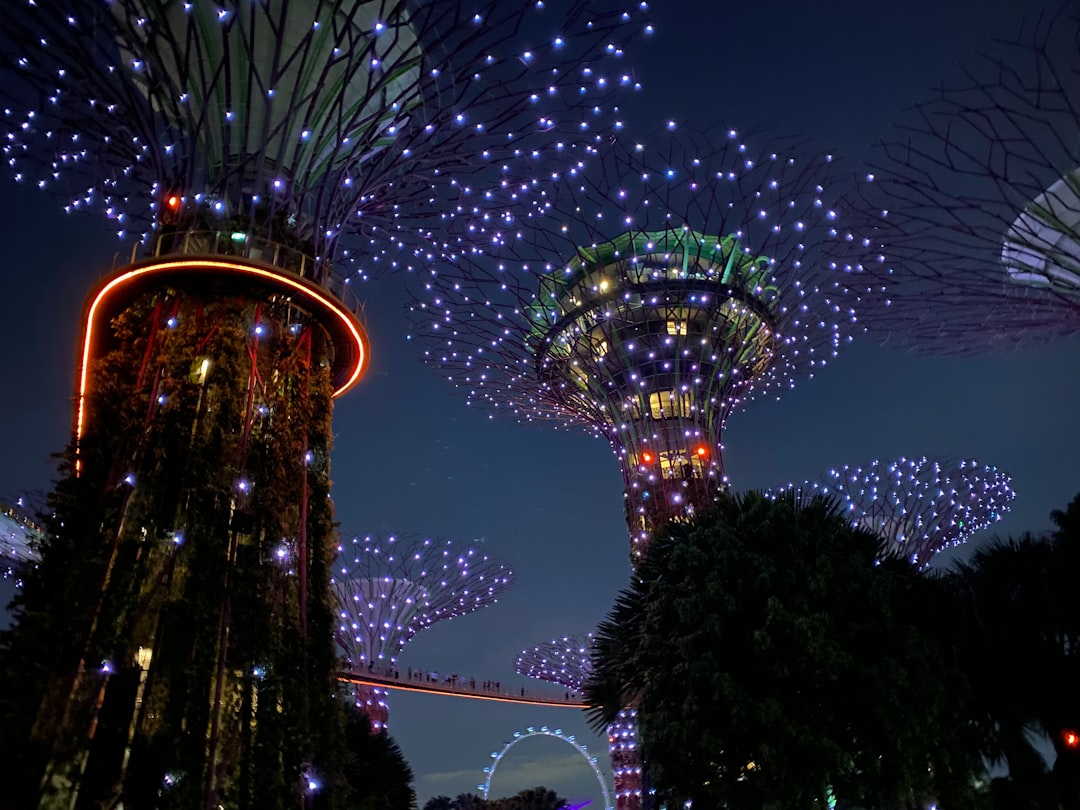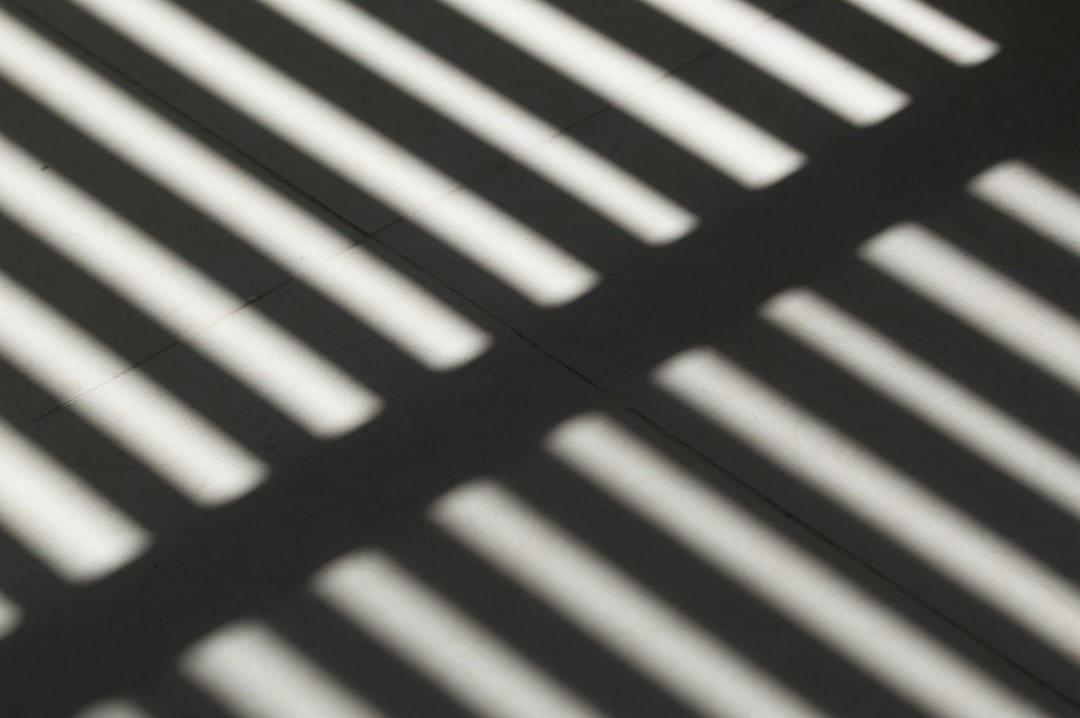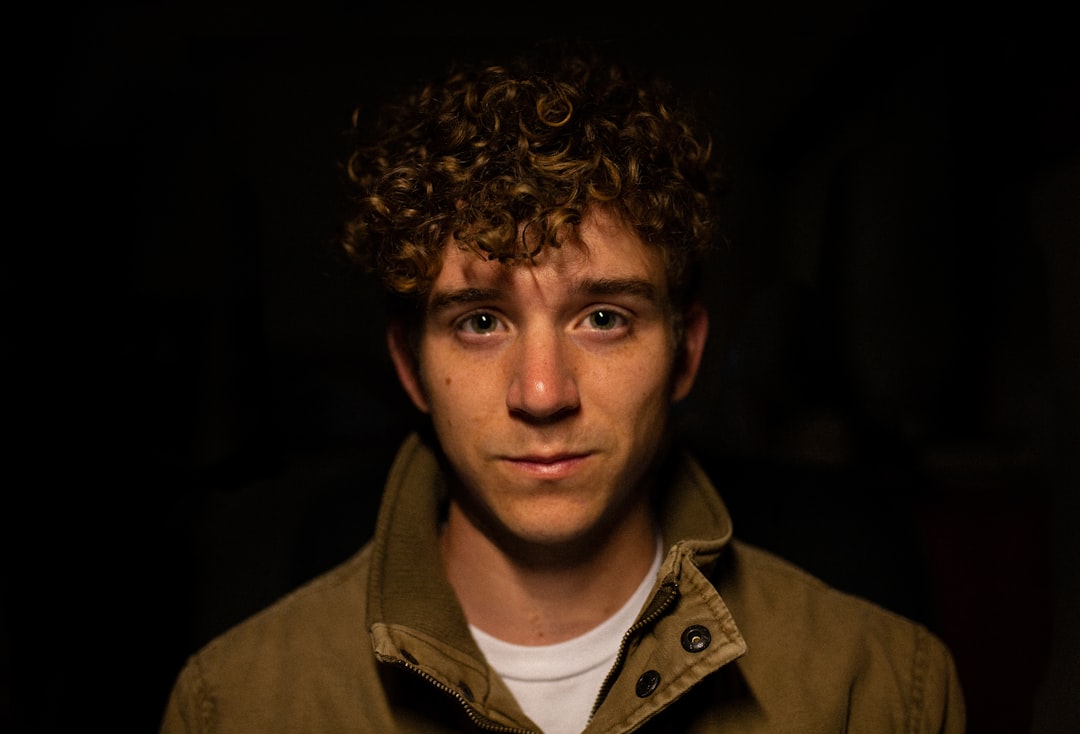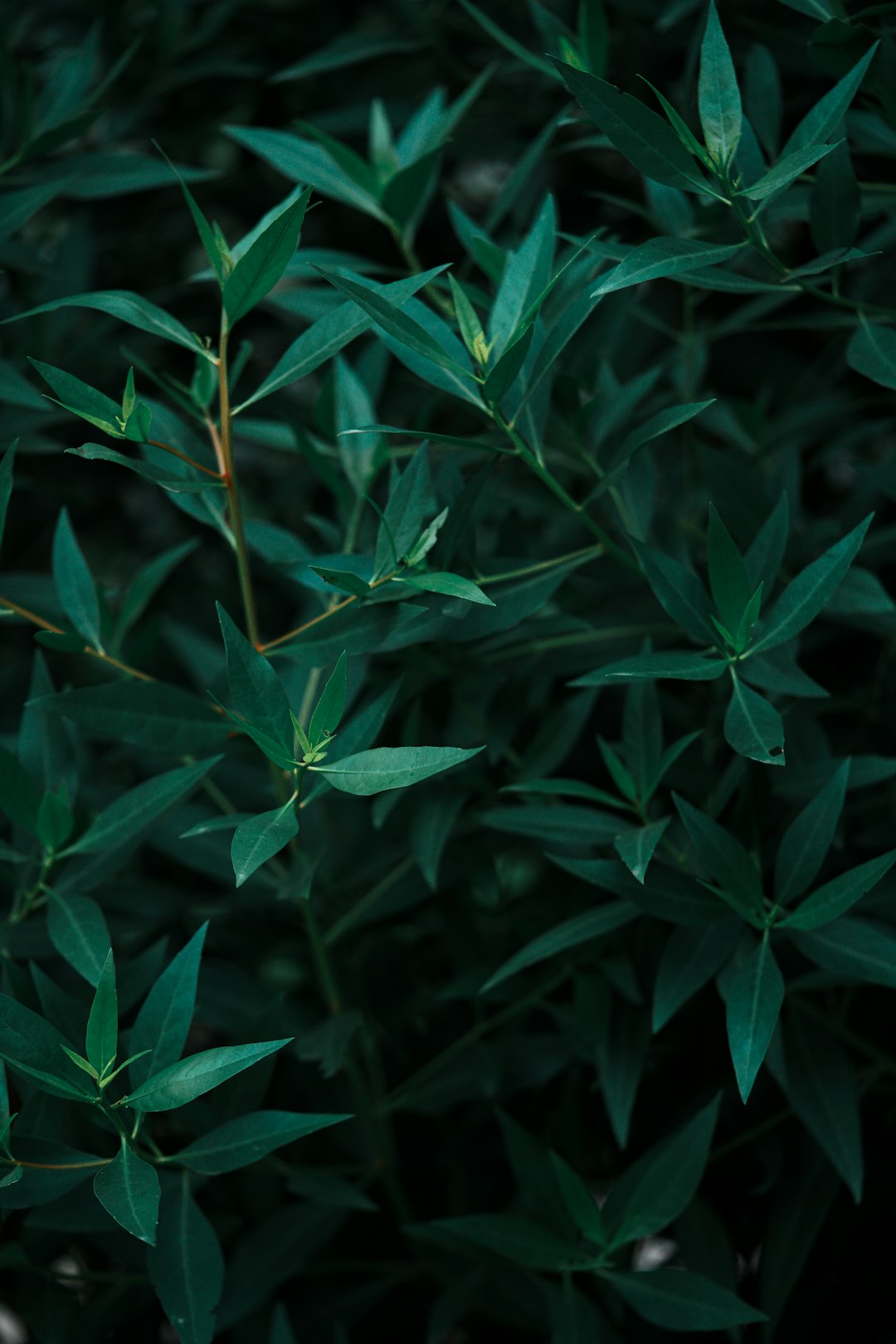When it comes to photography, light is often seen as the most important element. But what about shadows? Shadows can add depth, drama, and interest to your photos, making them just as important as light. In this article, we’ll explore the beauty of shadows in photography and how you can use them to create stunning images.
Why Shadows Are Important in Photography
Shadows are an essential element in photography because they add contrast, texture, and dimension to an image. They can also evoke emotion and create a sense of mystery or intrigue. Without shadows, photos can appear flat and lack visual interest.
Shadow Lighting Techniques

There are various lighting techniques you can use to create shadows in your photos. Here are a few to try:
- Side lighting: This technique involves placing your subject to the side of your light source, creating strong shadows on one side of the subject.
- Backlighting: Backlighting involves placing your light source behind your subject, creating a silhouette effect and casting shadows in the foreground.
- Low-key lighting: This technique involves using minimal lighting, resulting in deep shadows and a moody atmosphere.
- High-key lighting: High-key lighting is the opposite of low-key lighting, using bright, even lighting to minimize shadows and create a light and airy feel.
Shadow Shapes
Shadows can also create interesting shapes in your photos. These shapes can add a unique element to your composition and draw the viewer’s eye. Some common shadow shapes include:
- Triangles: Triangles are a common shape created by shadows, often seen in architectural photography.
- Circles: Circles can be created by shadows from objects such as lamps or round windows.
- Lines: Shadows can create lines in your photos, adding a sense of movement and direction.
How to Embrace Shadows in Your Photography
Now that we understand the importance of shadows in photography, let’s explore some tips for embracing them in your images.
1. Look for Interesting Light Sources

The key to creating interesting shadows is to have an interesting light source. Look for natural light sources such as the sun, or artificial light sources like lamps or candles. Experiment with different angles and distances to see how the light affects the shadows in your photos.
2. Use Shadows to Create Depth
Shadows can add depth to your photos, making them appear more three-dimensional. To achieve this, try placing your subject in front of a textured background, such as a brick wall or foliage. The shadows will create a sense of depth and bring your subject to life.
3. Play with Shadow Placement

The placement of shadows in your photos can greatly impact the overall composition. Experiment with placing shadows in different areas of your frame to see how it affects the mood and feel of your image. You can also use shadows to lead the viewer’s eye towards your subject or create a sense of balance in your composition.
4. Use Shadows to Create Drama
Shadows can add a sense of drama and mystery to your photos. This is especially effective in low-key lighting, where the shadows are deep and dark. Use this technique to create moody and atmospheric images that evoke emotion in the viewer.
5. Incorporate Shadows into Portrait Photography

Shadows can add interest and depth to portrait photography. Experiment with different lighting techniques to create shadows on your subject’s face, adding dimension and texture to the image. You can also use shadows to create interesting patterns or shapes on your subject’s face or body.
6. Use Shadows to Create Abstract Images
Shadows can also be used to create abstract images that leave room for interpretation. Look for interesting shapes and patterns created by shadows and use them as the main focus of your photo. This can result in unique and visually striking images.
7. Experiment with Editing

Don’t be afraid to experiment with editing to enhance the shadows in your photos. You can use editing software to darken shadows, increase contrast, or add a vignette effect to draw attention to the shadows in your image. Just be careful not to overdo it and lose the natural look of the shadows.
7 Tutorials to Help You Master Shadows in Photography
To further inspire you to embrace shadows in your photography, here are 7 tutorials that will teach you how to use shadows to create stunning images:
1. “Mastering Shadows in Photography” by Adorama
This tutorial covers the basics of using shadows in photography, including how to create them, how to use them to add depth and interest to your photos, and how to incorporate them into your compositions.
2. “How to Use Shadows in Photography” by Digital Photography School
This tutorial dives deeper into the technical aspects of using shadows in photography, including how to control the intensity and direction of shadows, and how to use them to create different moods and emotions in your images.
3. “The Art of Shadow Photography” by SLR Lounge
This tutorial explores the creative side of using shadows in photography, including how to use them to create abstract images, how to incorporate them into portrait photography, and how to use them to add drama and intrigue to your photos.
4. “How to Use Shadows in Portrait Photography” by Fstoppers
This tutorial focuses specifically on using shadows in portrait photography, including how to use them to create interesting lighting patterns on your subject’s face, and how to use them to add depth and dimension to your images.
5. “How to Use Shadows in Landscape Photography” by Photography Life
This tutorial discusses how to use shadows in landscape photography to add depth and interest to your images. It also covers how to use shadows to create leading lines and draw the viewer’s eye towards your subject.
6. “Using Shadows to Create Dramatic Images” by Expert Photography
This tutorial explores how to use shadows to create dramatic and moody images, including how to use low-key lighting and editing techniques to enhance the shadows in your photos.
7. “How to Use Shadows to Create Abstract Images” by Digital Photography School
This tutorial teaches you how to use shadows to create abstract images that leave room for interpretation. It covers how to find interesting shadow shapes and patterns, and how to use them as the main focus of your photo.
Final Thoughts
Shadows are an essential element in photography that can add depth, drama, and interest to your images. By embracing shadows and using them creatively, you can take your photography to the next level and create stunning and unique images. So go out and experiment with different lighting techniques and shadow placement, and see how shadows can transform your photos.
